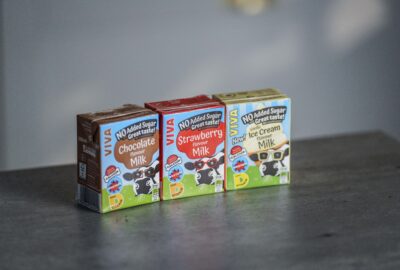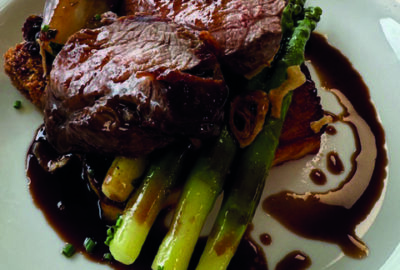By Charles Banks Director and Co-founder of thefoodpeople
The COVID-19 pandemic has posed a staggering health and humanitarian challenge in all areas of life. Within foodservice we’ve seen many great brands and leaders of industry close their doors forever, some expected, some definitely not. However, we’ve also seen operators change their businesses overnight turning their hand to a 100% delivery model, semi prepared meal kits, selling basic provisions and of course cooking for frontline workers.
These shifts have happened out of necessity. As we emerge from lockdown the creativeness, resilience and ingenuity of our industry is astounding. The foodservice sector is rising up and the survivors are using this moment to rethink and reset for the COVID-era consumer.
What is clear, though, is that the pre-coronavirus business models will need to change in consideration of consumer behaviour, the high street dynamics, health, safety, capacity, real estate and legislation.
Here are 8 shifts that we expect to see…
1 SANITISE – Cleanliness, health and safety has become a strategic issue. Diners in an anxious weary world need a safe dining experience, with ‘visible hygiene’ in place in order to give them the confidence to return again next week. Sanitise, for now, is the new sustainable.
2 PROTECT – Although the look is alien to most of us, it is one that we are going to have to get used to, highly visible PPE. Protecting staff and guests is imperative, no operator wants a virus outbreak tracked and traced back to them.
3 NO-TOUCH – We are living through a ‘no touch’ revolution, many diners have ordered ‘contactless’ and seen how easy and convenient it is, so the competitive landscape in ‘no touch food and drink’ will continue to be transformed. Creating an easy and seamless journey, giving the diner the confidence to return time and again.
4 AT HOME – Has a new channel emerged, semiprepared restaurant food delivered ‘at home’ for diners to finish? The dark kitchen operating model has come into its own, not only hot finished dishes but semi-prepared ‘diner to finish’ food. Having access to ‘the wheels’ or the means to deliver into the ‘diners location’ will be key.
5 DIVERSIFY – At the heart of the COVID-era business models will need to be diverse, the ability to flex and adapt to be relevant in a world where the consumer behaviour around food and drink has changed. Think new collaborations, distribution channels or a hybrid offer that includes sit down, deli, delivery, grocery and e-shop.
6 EXPERIENCE – The venues that we consume food out-of-home are places of connection, community, excitement and decadence that is very powerful, but the future experience will change. As new regulations come into place or change and evolve, ensuring you are still creating a compelling experience based journey across your food offer will be key.
7 RE-THINKING SPACE – Optimising space in the COVID-era will be key. With risks of infection said to be lower outside, so alfresco eating becomes part of new normal. Think roof tops, balconies, micro private dining, summer greenhouses and pop up spaces.
8 AUTOMATION – There had been incremental application of robotic use in foodservice for years, but now with a need for human distance and contact free, the robotic world has a new relevance where novelty turns into necessity


